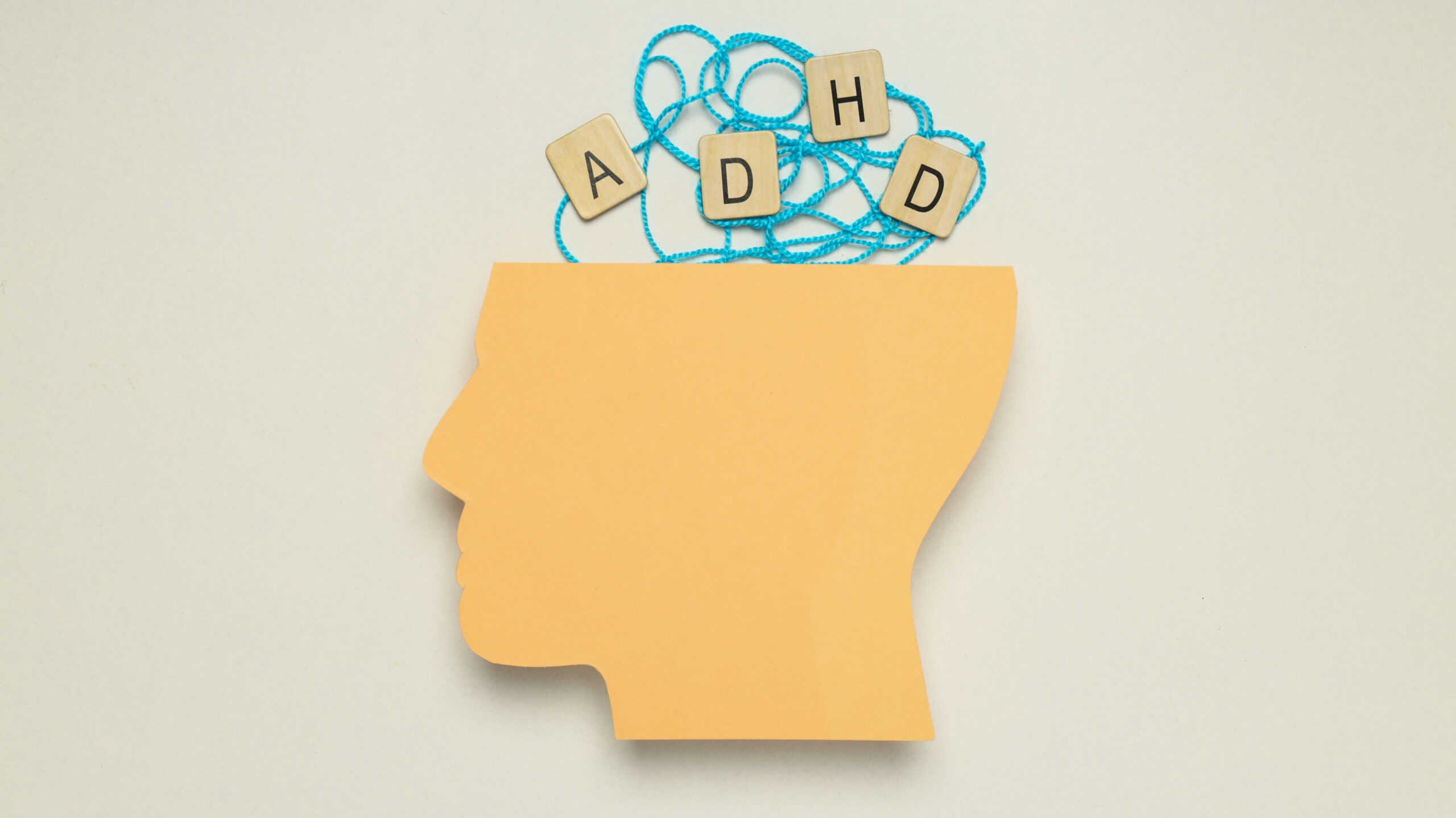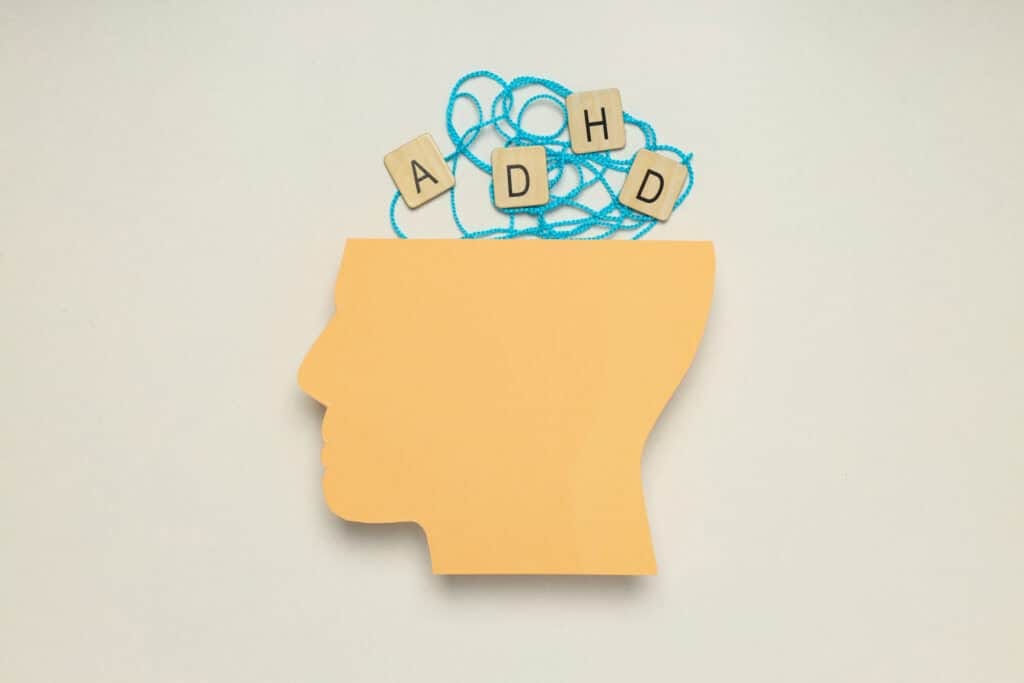Overcoming procrastination is a challenge faced by many individuals seeking to improve their overall well-being and productivity. Exploring the psychology of this common habit, we can examine how fear of failure, striving for perfectionism, and lack of motivation might impede development in different areas.
In addition to uncovering the root causes, it is essential to recognize that particular psychological issues such as depression, OCD, and ADHD may aggravate procrastinating tendencies. Readers will gain insight into their own tendencies by identifying whether one is a passive or active procrastinator and comparing outcomes between both types.
Finally, we’ll provide practical strategies for overcoming procrastination by breaking tasks into smaller steps, setting realistic goals and priorities, utilizing time management tools effectively, and creating a productive environment conducive to focused work. With these insights at hand, you’ll be well-equipped to make significant strides toward conquering your procrastination habit once and for all.
The Psychology Behind Procrastination
Understanding the psychology behind procrastination is crucial in finding effective ways to overcome it. Several factors contribute to this behavior, including fear of failure, perfectionism, and lack of motivation. By identifying these underlying causes, individuals can develop strategies for overcoming procrastination.
Fear of Failure as a Driving Force
One common reason people tend to put off tasks is the fear of failure. This anxiety stems from concerns about not meeting expectations or disappointing others if they don’t succeed at their goals. When apprehension of not being up to the mark arises, it’s simpler to dodge action than deal with potential dissatisfaction.
- Tip: To combat this fear, remind yourself that making mistakes is part of the learning process and focus on growth rather than perfection.
Perfectionism Leading to Paralysis
A related issue contributing to procrastination is perfectionism – an unrealistic expectation that everything must be done flawlessly before moving forward with other tasks or projects. Paralysis from over-analysis can occur when individuals strive for perfection, causing them to be unable to begin tasks.
- Solution: Adopting a more flexible approach by setting realistic standards for oneself and recognizing when it’s time to move forward even if things aren’t perfect yet can help break free from this paralyzing habit.
Lack of Motivation and Its Impact on Productivity
Motivation plays a significant role in our ability to make progress on tasks and projects. When motivation is low, finding the energy or drive needed to begin working on important tasks becomes much more challenging. This lack of motivation can be due to various factors, such as feeling overwhelmed by the task’s size, not seeing immediate results from one’s efforts, or simply being disinterested in the subject matter.
- Strategy: Boost your motivation levels by breaking down large tasks into smaller steps, setting short-term goals that lead towards long-term objectives, and finding ways to make mundane tasks more engaging or enjoyable.
By understanding why you procrastinate and using resources such as time management techniques and productivity apps, you can develop strategies to overcome the habit. Additionally, consider exploring resources like time management techniques and productivity apps that may further support your journey towards a more proactive lifestyle. Lifehack offers an extensive list of tips for beating procrastination once and for all.
Comprehending the intricate nature of procrastination can be a primary step in formulating successful techniques to surmount this conduct. Moving on from here, let us explore procrastination-related mental health disorders and how they may contribute to task avoidance.
Mental Health Disorders Associated with Procrastination

Procrastination can be linked to various mental health disorders, which may exacerbate the tendency to delay or avoid tasks. Realizing the associations between procrastination and mental health issues is fundamental for creating effective techniques to conquer delaying. This section will discuss three common mental health disorders associated with procrastination: depression, obsessive-compulsive disorder (OCD), and attention-deficit/hyperactivity disorder (ADHD).
Depression and its link to procrastinating behaviors
Research has shown that individuals suffering from depression are more likely to exhibit procrastinating behaviors. This connection may stem from a lack of motivation, difficulty concentrating, or feelings of hopelessness often experienced by those struggling with depression. To help overcome procrastination in such cases, it’s crucial first to address the underlying depressive symptoms through therapy or medication.
How OCD contributes to chronic avoidance
Obsessive-compulsive disorder (OCD) can also contribute significantly to an individual’s propensity for delaying tasks. People with OCD tend to experience intrusive thoughts and engage in repetitive behaviors to cope with anxiety. These compulsions can consume large amounts of time and energy, making it difficult for them not only to start working on important tasks but also to make progress toward completion. Therapies such as CBT and ERP have been shown to be successful in curbing OCD symptoms while keeping procrastination to a minimum.
ADHD as a factor in task delay
Inattention and impulsivity are hallmark characteristics of attention-deficit/hyperactivity disorder (ADHD), which can significantly impact an individual’s ability to manage time effectively and make decisions. People with ADHD may find it difficult to prioritize tasks, stay focused in the present moment and fulfill commitments, thus leading to procrastination. Effective strategies for overcoming procrastination in individuals with ADHD include setting clear goals, breaking tasks into smaller steps, using visual aids like calendars or to-do lists, and seeking professional help when necessary.
In understanding the connections between mental health disorders and procrastination habits, it becomes easier to develop targeted approaches that address both the underlying condition as well as its manifestations in delaying important tasks. By doing so, individuals struggling with these challenges can improve their overall well-being while making progress toward personal goals.
Postponing can be a complicated action with ties to numerous psychological well-being issues, and recognizing the contrasts between latent and dynamic procrastinators may help us comprehend how we might be influenced. Examining passive and active procrastination can offer us an understanding of our own patterns of delay, allowing for the potential to increase productivity.
Passive vs Active Procrastinators

There are two types of procrastinators – passive and active. Recognizing the disparities between these two forms of procrastination can help people recognize their own patterns and devise plans to battle this issue. Passive procrastinators have a stronger personal identity and focus more on self-esteem rather than social esteem. They may struggle with decision-making but ultimately complete their tasks within deadlines. On the other hand, active procrastinators intentionally put off work until the last minute but still manage to produce quality results under pressure.
Characteristics of Passive Procrastinators
- Fear of failure: Passive procrastinators often avoid starting tasks due to fear that they will not be able to meet expectations or achieve success.
- Lack of motivation: These individuals may find it difficult to get excited about completing important tasks, which leads them to delay taking action.
- Poor time management skills: The inability to prioritize effectively can result in passive procrastination as individuals struggle with allocating appropriate amounts of time for each task on their list.
Traits Found in Active Procrastinators
- Risk-taking attitude: Active procrastinators thrive under pressure and enjoy the adrenaline rush associated with working against tight deadlines.
- Better decision-making abilities: Unlike passive counterparts, active ones tend to make decisions quickly when faced with multiple options or limited information available at hand, thereby allowing them to start working sooner rather than later, avoiding unnecessary delays.
- Effective time management: Active procrastinators are often skilled at allocating their time efficiently, allowing them to complete tasks successfully even when working under tight deadlines.
Comparing Outcomes Between Both Types
The key difference between passive and active procrastinators lies in the outcomes they produce. While both types may delay starting or completing tasks, active procrastinators typically deliver quality results despite their last-minute approach. Passive procrastinators, on the other hand, may struggle with meeting deadlines and producing high-quality work due to their fear of failure and lack of motivation. By identifying which type of procrastinator you are, it becomes easier to develop strategies for overcoming your specific challenges related to procrastination habit.
Passive and active procrastinators differ in terms of their traits, behaviors, and outcomes. Nevertheless, with the appropriate techniques, it is feasible for both kinds of procrastinators to overcome this habit and reach their objectives.
Strategies for Overcoming Procrastination

Implementing specific strategies can help individuals overcome their tendency towards postponement or delay when facing tasks at hand. These approaches include breaking down large projects into smaller steps, setting realistic goals based on priorities instead of just deadlines alone, using time management tools effectively such as timers, alarms, calendars, reminders, and apps, etc., rewarding oneself after completing each milestone along the way towards achieving the ultimate objective.
Breaking Tasks into Smaller, Manageable Steps
Breaking down the task into smaller components can make it easier to tackle and provide a sense of accomplishment as each step is completed. This will make it less overwhelming and allow you to focus on one part at a time. As you complete each step, your sense of accomplishment will grow and motivate you to continue making progress.
Setting Realistic Goals and Priorities
Set goals that are achievable within a reasonable timeframe while considering your other commitments. Organize your responsibilities by concentrating on the most critical ones before those that are less pressing; this will enable you to manage your time efficiently and sidestep procrastination caused by being swamped with too much.
Utilizing Time Management Tools Effectively
Incorporate various time management tools, such as digital calendars or productivity apps like Todoist or Trello in order to keep track of deadlines and stay organized with your daily schedule. Setting up reminders can also help ensure that no task is forgotten or delayed unnecessarily.
Rewarding Progress and Celebrating Milestones
Recognize your achievements by rewarding yourself after completing milestones or important tasks. This can be as simple as taking a short break, enjoying a treat, or engaging in an activity you enjoy. Acknowledging your progress and celebrating successes will motivate you to continue working towards your goals.
- To-do list: Creating a daily to-do list helps keep track of tasks that need attention and provides a sense of accomplishment when items are checked off the list.
- Taking action: Instead of overthinking or dwelling on future consequences, focus on taking immediate action to make decisions and complete the tasks at hand.
- The Seinfeld Strategy: Comedian Jerry Seinfeld’s method for maintaining consistency involves marking off each day he wrote new material on a calendar with an “X.” The goal is not to break the chain of Xs, which encourages continued effort even when it’s easier to procrastinate.
Incorporating these strategies into your daily routine will help you overcome procrastination habits while improving time management skills so that you’re able to start working effectively in the present moment without delay.
Taking proactive measures to combat procrastination can bolster your productivity and achieve desired objectives. Now let’s look at creating a productive environment that will help support those efforts.
Creating a Productive Environment

A conducive environment plays an essential role in combating procrastination. By eliminating distractions, setting up a designated workspace, and establishing routines that promote productivity, individuals can create surroundings that foster focus and efficiency while minimizing the temptation to delay or avoid work.
Eliminating Common Distractions from the Workspace
To eliminate common distractions, start by identifying what causes you to lose focus when working on important tasks. This may include noise, cluttered spaces, social media notifications, or even constant email alerts. Once identified, take steps to remove these interruptions from your workspace:
- Utilize noise-reducing headphones if necessary.
- Maintain a clean and organized desk area.
- Turn off unnecessary notifications on your devices.
- Schedule specific times to check emails rather than constantly monitor them throughout the day.
Designating Specific Areas for Focused Work
Create a designated space where you can concentrate solely on completing tasks without being disturbed by others or tempted by distractions. This could be as simple as dedicating one corner of your room as your “office,” complete with all necessary supplies and materials needed for work. Retreat to this area of focus and concentration in order to fully devote yourself to the task without distraction, aiding productivity.
Establishing Routines That Encourage Productivity
Routines are crucial in helping individuals stop procrastinating and maintain momentum throughout their day. To establish a routine that promotes productivity, consider the following:
- Begin each day with a to-do list outlining your priorities and goals for the day.
- Break larger tasks into smaller, more manageable steps to avoid feeling overwhelmed.
- Schedule regular breaks throughout your workday to recharge and refocus. This can include short walks or even practicing mindfulness exercises such as meditation or deep breathing techniques.
- Implement time management strategies like the Pomodoro Technique or the Seinfeld Strategy to help maintain focus and motivation during work sessions.
Taking action to manage both internal and external influences can help individuals attain greater success in all areas of their lives by overcoming procrastination. Gaining mastery of inner issues (e.g., fear of failure) and outer influences (i.e., distractions) can help one escape from a procrastination pattern, thus leading to greater success in life.
Frequently Asked Questions
What is the most effective way to overcome procrastination?
The most effective way to overcome procrastination is by breaking tasks into smaller, manageable steps, setting realistic goals and priorities, utilizing time management tools effectively, and rewarding progress. Creating a productive environment by eliminating distractions and establishing routines can also help in overcoming procrastination.
What are 3 solutions to procrastination?
- Breaking tasks into smaller steps
- Setting realistic goals and priorities
- Utilizing time management tools effectively
Who are procrastinators and how can procrastination be overcome?
Procrastinators are individuals who habitually delay or postpone tasks despite knowing the negative consequences of doing so. Procrastination can be overcome through various strategies, such as breaking tasks into smaller steps, setting realistic goals, using time management tools effectively, creating a productive environment free from distractions, and establishing routines that encourage productivity.
Conclusion
Procrastination is a common habit that affects productivity and overall well-being. Fear of failure, striving for perfection, lack of motivation, or mental health disorders such as depression, OCD, and ADHD can all be contributing factors to procrastination. However, there are strategies to overcome procrastination, such as breaking tasks into smaller steps, setting realistic goals and priorities, utilizing time management tools effectively, and rewarding progress.
To create a productive environment, it’s important to eliminate distractions from the workspace, designate specific areas for focused work and establish routines that encourage productivity. Gaining insight into the mental elements of procrastination and applying successful techniques can help you move toward your ambitions.










